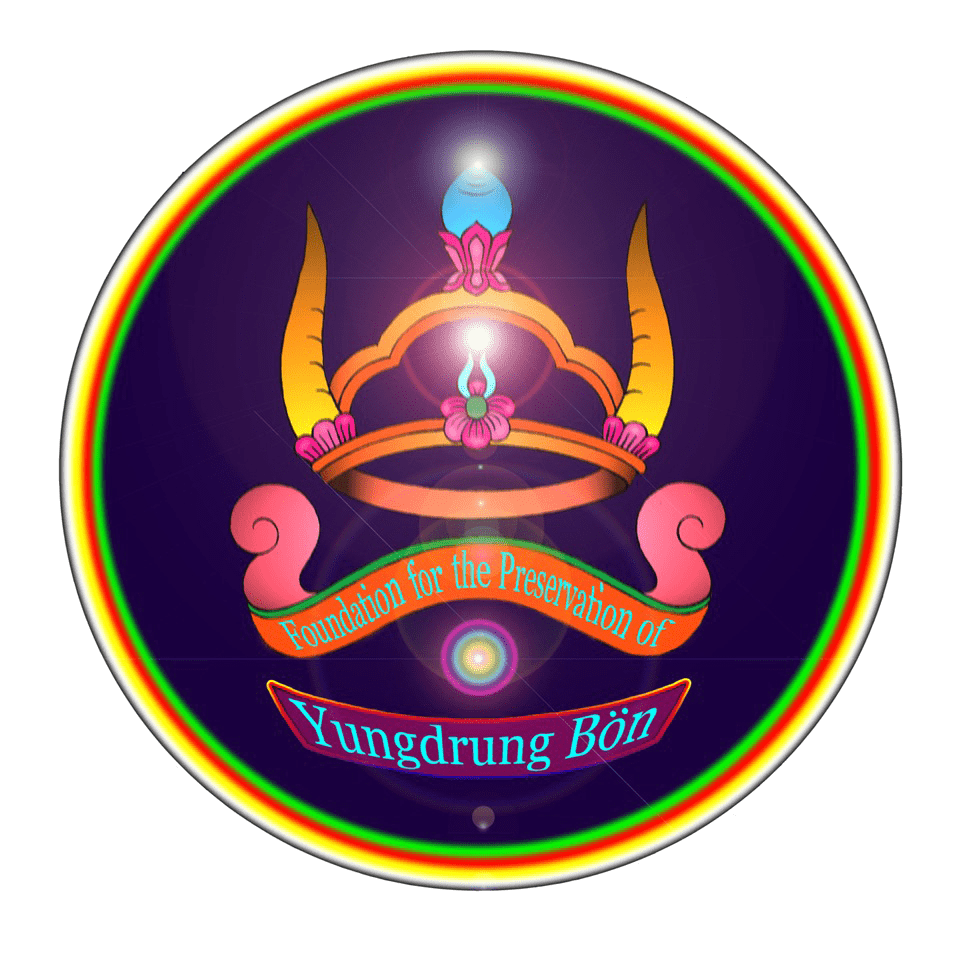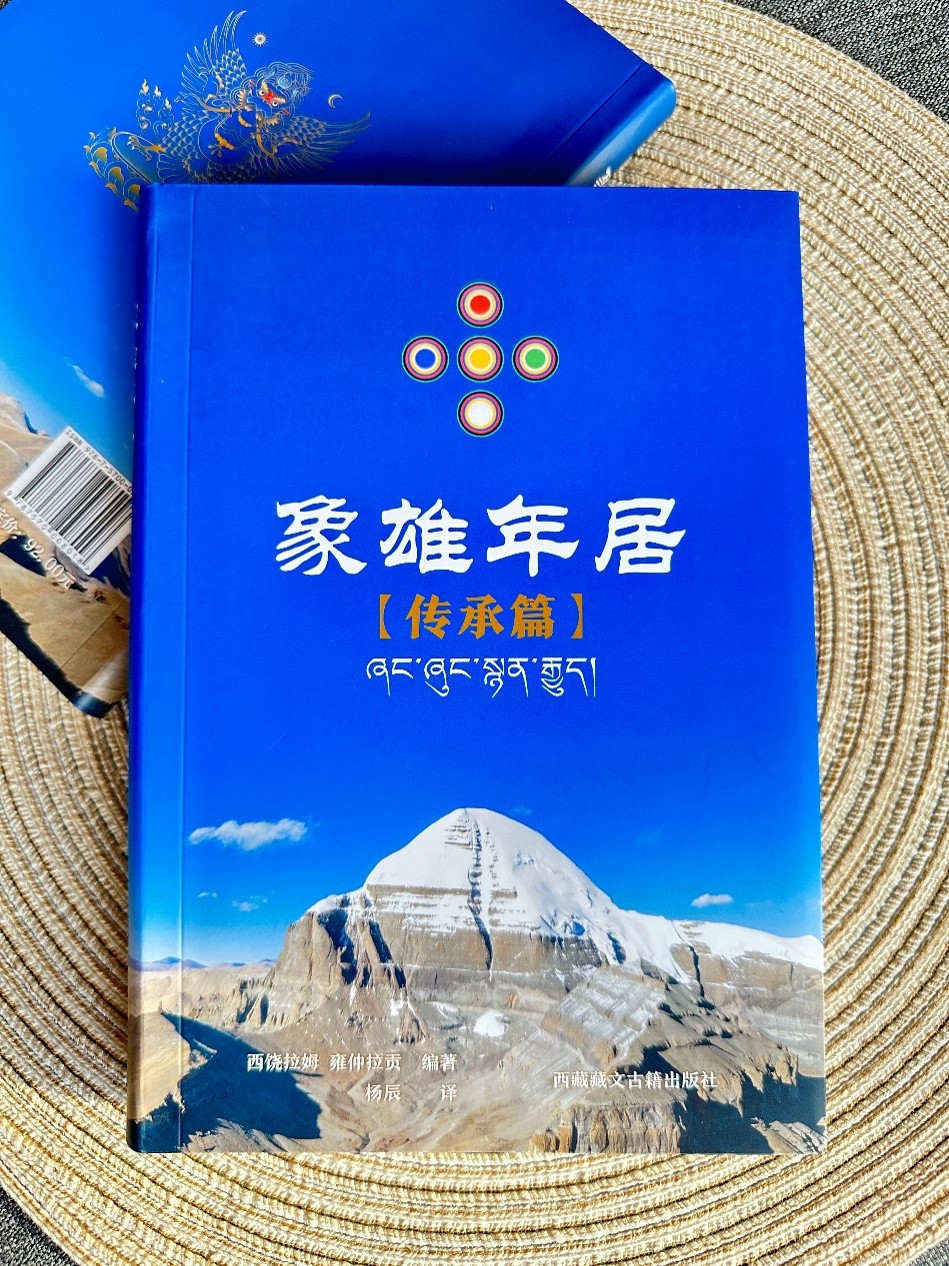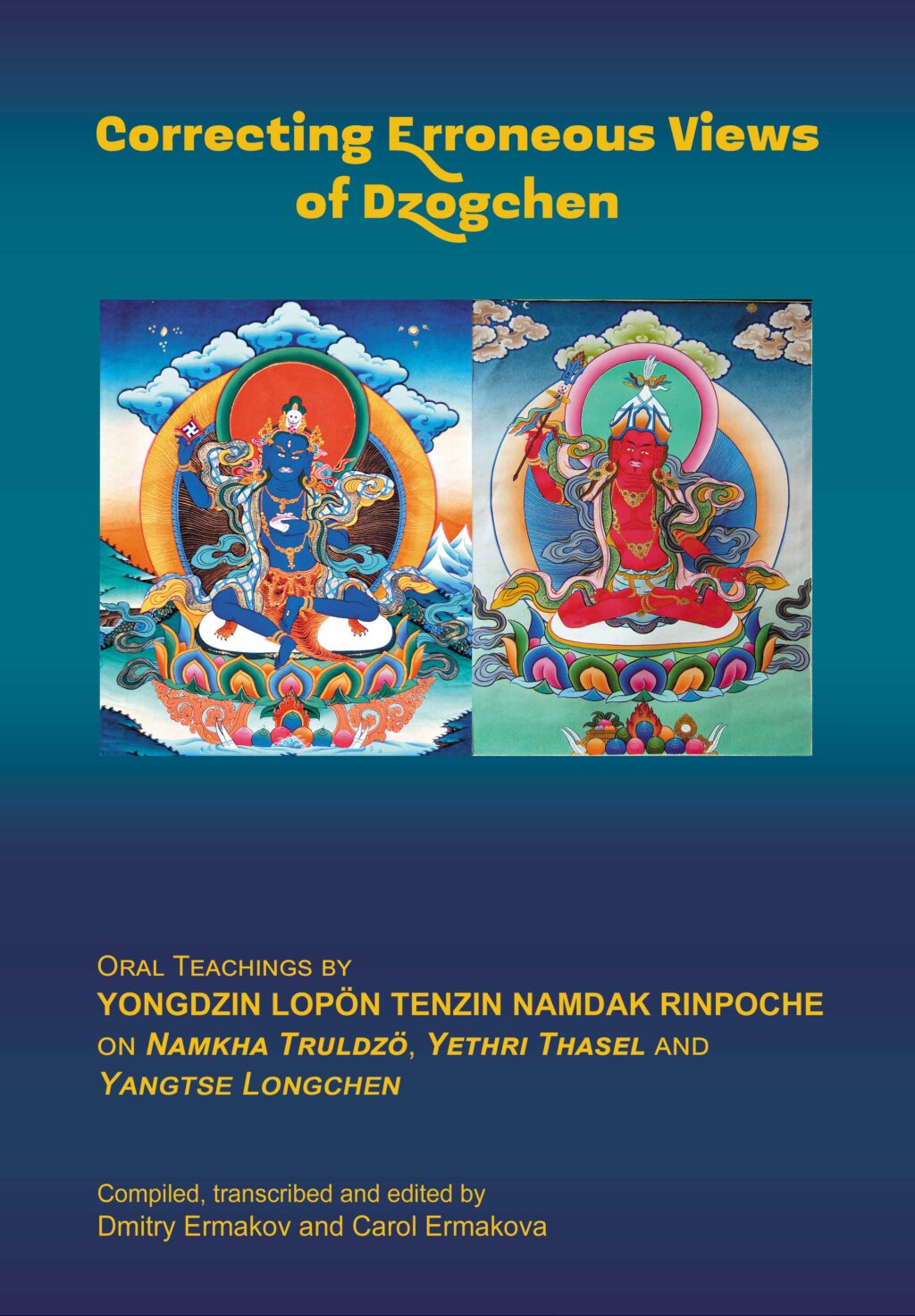The testaments of Zhang Zhung Nyengyu Masters now translated & published in China / 象雄年居大成就者的言教已经翻译成中文并在中国出版发行
FPYB is so happy to announce that Yongdzin Rinpoche’s teachings on the testaments of Zhang Zhung Nyengyu Masters have been translated and published by Chen Yang in China. This is the first time that the pith instructions of these erudite ancient masters have appeared in Chinese. Many thanks and congratulations to Chen Yang for his tireless efforts in bringing this project to an auspicious completion! Chen began to study Yungdrung Bön in 2010 and has often travelled between Mainland China and Tibet to learn more about this ancient culture. 杨辰, 2010年开始研究本教文化,经常往返于汉藏两地,学习钻研古老的雍仲本教文化。 内容简介: 《象雄年居》是一部详细阐述古老象雄大圆满传承的宝贵著作。这部作品深入挖掘了雍仲本教的文化传统和历史背景,确认其在藏传佛教文化中占据的重要位置。雍仲本教不仅是西藏文化的重要组成部分,也是其精神传统的核心。 本书由西藏藏文古籍出版社出版,并由杨辰翻译成汉语。考虑到学修者携带的便利性,以及阅读的舒适度,本书的装帧方式选定为软精装。为了能让读者更直观的感受象雄年居历代上师的法脉传承,本书采用全彩印刷方式,并精心收录了四十五张高清修复的古老扎卡图片,包括九位意传上师以及三十五位传承上师等。 它不仅记录了象雄年居大圆满法脉的精髓和历代传承上师的教诲,它不仅展示了从未间断的象雄年居法脉的传承序,并首次通过汉文展解开了完整的象雄耳传的神秘面纱。 书中首先介绍了雍仲本波的历史起源,这是一个由敦巴辛饶弥沃创立的大乘佛教传统,以其传授的断道、转变道和解脱道而闻名。特别强调了象雄年居大圆满法脉,这是一条自佛陀以来就未曾中断过的单传法脉。 在此基础上,书籍详细介绍了象雄年居的心髓教法,这些教法被认为是达到佛果的直指路径。书中解释了象雄年居大圆满法的核心概念,如本觉和自解脱,以及如何通过前行法、禅定修持和托噶修法来实践这些教义。 本书还提供了完整的《象雄年居法脉谱系表》,并首度以汉藏双语的形式与世人见面。 书中还收录了历代成就者的言教,这些言教是他们实修经验的精华,对于学修者来说,它们是宝贵的指导和启示。这些言教简洁而深刻,包含了大师们对于大圆满实修的深刻见解和指导,为学修者提供了直接体验本性和实现解脱的方法。 此外,《象雄年居》还强调了修行者在现代社会中应保持的态度和实践的方式。书中指出,尽管古代修行者的生活方式在当今社会难以复制,但通过适应现代生活的同时保持修行,修行者仍然可以实现内心的平静和觉悟。…
Read more



Recent Comments